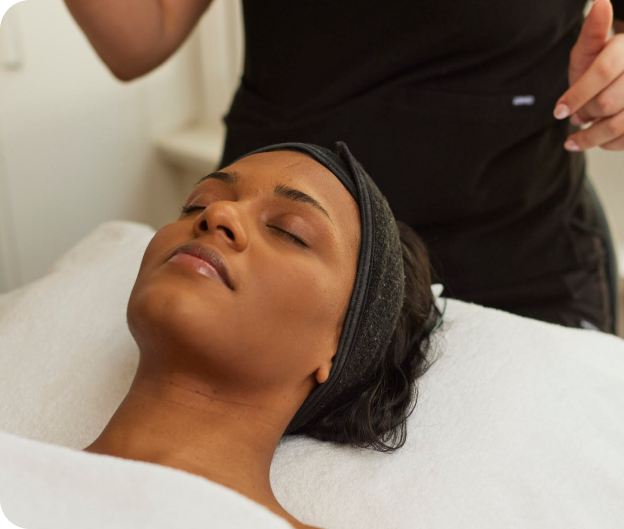The AcuPulse is a fully ablative Carbon dioxide laser or CO2 laser and is in the same vicinity as an Erbium laser. Within the fully ablative laser space the only two options really are CO2 (Carbon Dioxide) or Erbium Lasers. Our choice at Skindepth Dermatology is a CO2 laser, more specifically, the AcuPulse.

What does fully ablative mean?
Basically, fully ablative denotes that this laser, in its original setting, would remove the entirety of the top layer of the skin and leave no normal skin intact. Historically speaking, when lasers first came onto the market, all of them were basically fully ablative and would remove the upper layer of the skin.
Although that was effective in a lot of cases, it also meant fully ablating the skin, which means a lot of downtime for the skin to re-heal. It also means that without leaving any normal skin intact, we run the risk of complications. When the skin heals after an injury, whether that be traumatic or whether that be from a laser, it requires the use of appendage structures to regenerate.
Appendageal structures are predominantly hair follicles where the new skin cells (keratinocytes) regenerate from. The new skin cells regenerate from the follicular unit, which is around the hair follicle generally. So, for the skin to regenerate, it's helpful for it to have some intact skin, in particularly some of the follicular units to help regenerate itself. These downfalls to fully ablative lasers lead to the creation of what is now commonly referred to as fractionated lasers.
What is a fractionated laser?
Fractionated lasers leave a component of the skin intact, and they ablate other components of the skin. Essentially the lasers allow you to choose how much ablation and fractionation you want. For example, you could 100% ablate the skin, as I mentioned, or you could 50% ablate the skin, or 40% of ablate, or 30% ablate, or 5% ablate. To that point, you can leave 95% of the skin intact, or 50% of the skin intact. The more skin intact that you leave the less downtime you will have as there will be less skin regeneration required. Obviously, the lesser generation that's required means less of an effect but these days we’re finding most people would prefer less downtime. At Skindepth we rely on our FraxPro as our go-to non-ablative, fractionated laser.
Coming back to the fully ablative laser, if a patient were to present to us with a full face of wrinkles, then we would probably need to consider ablating most or a large portion of the face to yield a good result. We can also fully ablate only small areas to treat specific concerns such as ice pick scarring. Here we would perhaps just fully ablate the cheeks where ice picks scars are predominantly noticeable. Treating only small areas means the patient’s downtime will be less.
If you have specific concerns of atrophic acne scarring, AcuPulse may be a fantastic modality option to help your skin.

The importance of consultation
Each treatment plan and way of using the AcuPulse will totally differ depending on the patient, their concerns, and their availability for downtime. This is why each CO2 laser journey here at Skindepth must begin with a thorough consultation and careful assessment by our practitioners.
Just as every skin is different, the number of treatments required to yield the desired result will differ. For some patient’s, multiple treatments will be required, although it's likely to require less treatments when compared to non-ablative lasers because we are injuring the skin quite significantly.

What are the risks?
As mentioned, there are risks involved when using an ablative laser like the AcuPulse. There is a risk of scarring if the skin is over treated. Secondly, because we are creating open wounds in the skin, there's a risk of infection and that can be due to bacteria, a virus, or more uncommonly, a fungal infection.
To help mitigate these risks, all our patients will be assessed for their risk of infection, and will be proactively treated with antibiotics, antivirals or antifungals as required.
Some patients will be prone to some pigmentary change after the laser procedure and will be preventively treated with pigment inhibitors, as well as post treatment. This is part of a strict protocol of when to cease and resume and some patients who are prone to inflammatory change may also be treated with anti-inflammatories.
Please get in touch with any questions this blog may prompt or go right ahead and book your consultation via our online booking portal.
